Munch Museum’s furniture is inspired by the artist’s colours
Sustainability-focused Norwegian furniture company Vestre has created furniture designed by Andreas Engesvik and Jonas Stokke for the new Munch Museum in Oslo
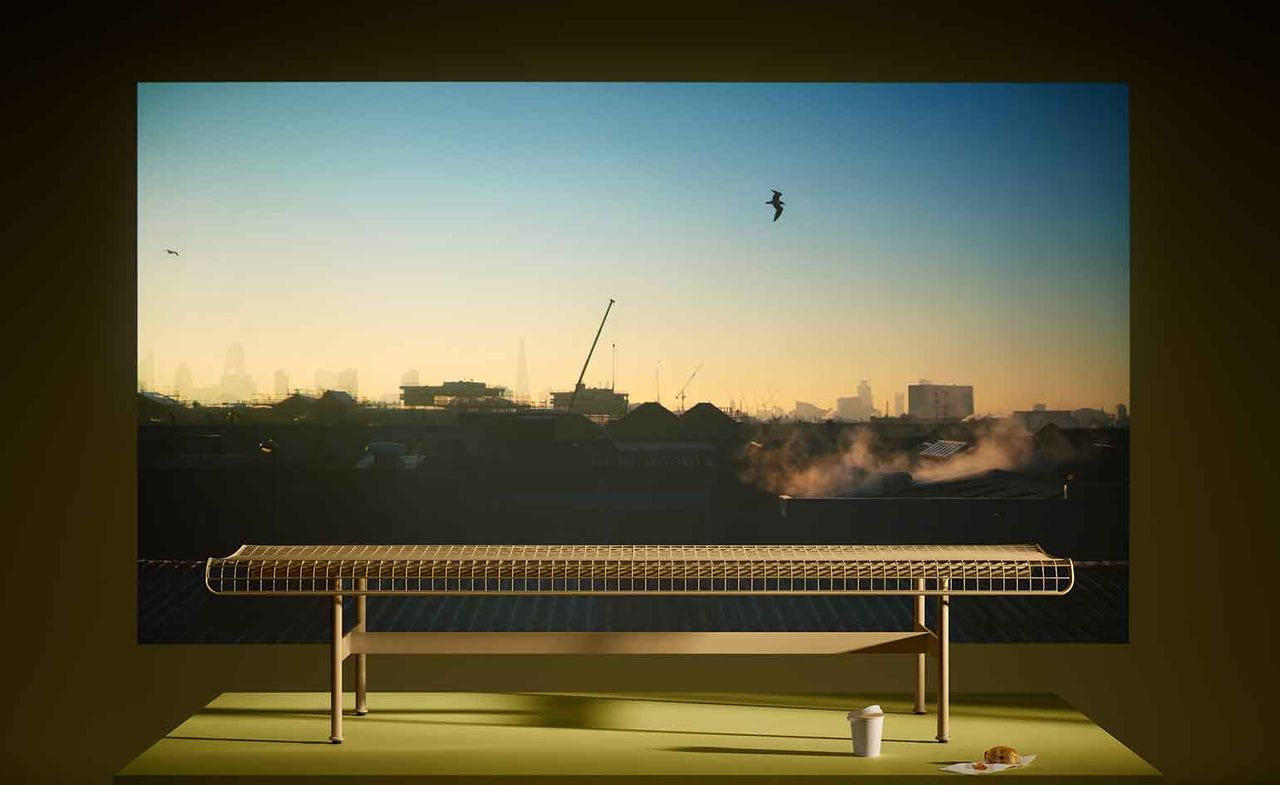
Studio Kleiner - Photography
Norwegian furniture company Vestre and designers Andreas Engesvik and Jonas Stokke have created furniture for the Munchmuseet, or Munch Museum, in Oslo, opened in October 2021 and designed by Spanish architecture firm Estudio Herreros. Dubbed ‘The Munch Series’, the Munch Museum furniture collection comprises chairs and tables used for the café, as well as sofas, benches, and lounge chairs used throughout the space.
Seating at the Munch Museum
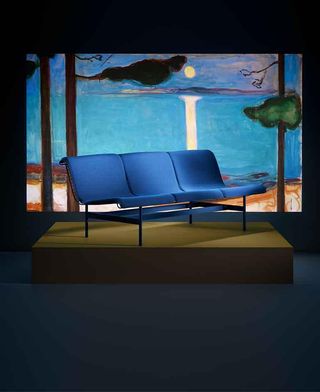
Sofa displayed in front of Edvard Munch's Moonlight (1895)
‘Even if it is a museum, things do not have to be uncomfortable,’ says Stokke. ‘You can quickly draw some narrow flat wooden benches with thin leather cushions. But we wanted visitors to be able to take a break and really rest. And then you are going to need ergonomics in the back and a shaped seat.’
Designed in collaboration with Engesvik (the two designers, as well as Vestre, won a public competition to design the series in 2017), the furniture pieces feature layers of steel mesh arranged over steel frames and moulded cushions made of wool textile. The materials were chosen to complement the design: the frame’s weight helps maintain stability, the steel mesh was chosen for maximum ergonomics, and the cushions offer a tactile feel to achieve comfort and warmth.
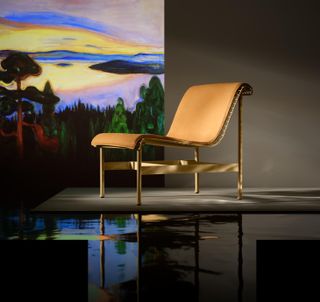
Chair displayed in front of Edvard Munch’s View from Nordstrand (1900–1901)
‘The museum is also built so that you can move upwards, directly to a special department, without going through all the halls,’ continues Stokke. ‘We wanted to make room for a break exactly where the visitors come out of one department and are on their way to move on to the next one.’
The colour palette was another important element to consider; the designers analysed hundreds of Munch’s paintings and worked closely with Norwegian paint maker Jotun to create bespoke shades for the furniture. The resulting three colours, dusty pink, ochre yellow and dark blue, are dubbed ‘Skin’, ‘Hair’, and ‘Night’, and reflect the design duo’s personal interpretations of the art on display.
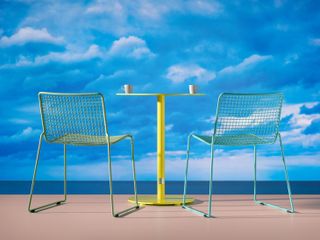
Chairs and table for the café at the Munch Museum
Like all Vestre products, the Munch Museum furniture is made to last: all elements have been welded together, galvanized, and varnished, making the pieces extremely durable and suitable as both indoor and outdoor furniture. Each piece was made so that even if its colour fades after a few decades, it will be easy to sandblast it and repaint it. ‘The museum will attract people from all over the world: it is a perfect arena to promote what we call everyday democracy, meeting places where people can come together and share thoughts, life experiences, and exchange ideas,’ says Thomas Sund, Vestre's vice CEO.
‘When something is really good and of high quality, it becomes universal,’ adds Engesvik. ‘The design is very basic, it has no secrets. If people understand what they see, they feel safe.
Wallpaper* Newsletter
Receive our daily digest of inspiration, escapism and design stories from around the world direct to your inbox.
INFORMATIONADDRESS
ADDRESS
Munch Museum
Edvard Munchs Plass 1
0194 Oslo
Norwa
Rosa Bertoli was born in Udine, Italy, and now lives in London. Since 2014, she has been the Design Editor of Wallpaper*, where she oversees design content for the print and online editions, as well as special editorial projects. Through her role at Wallpaper*, she has written extensively about all areas of design. Rosa has been speaker and moderator for various design talks and conferences including London Craft Week, Maison & Objet, The Italian Cultural Institute (London), Clippings, Zaha Hadid Design, Kartell and Frieze Art Fair. Rosa has been on judging panels for the Chart Architecture Award, the Dutch Design Awards and the DesignGuild Marks. She has written for numerous English and Italian language publications, and worked as a content and communication consultant for fashion and design brands.
-
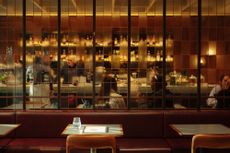 Fluid workspaces: is the era of prescriptive office design over?
Fluid workspaces: is the era of prescriptive office design over?We discuss evolving workspaces and track the shape-shifting interiors of the 21st century. If options are what we’re after in office design, it looks like we’ve got them
By Ellie Stathaki Published
-
 This collection of slow furniture is a powerful ode to time
This collection of slow furniture is a powerful ode to timeA serene exhibition of David Dolcini's 'Time-made' collection has fast-tracked its place into our hearts and homes
By Ifeoluwa Adedeji Published
-
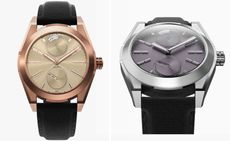 Is the Pragma P1 the most sustainable watch yet?
Is the Pragma P1 the most sustainable watch yet?Geneva-based brand Pragma combines industrial design with real sustainable credentials
By Hannah Silver Published
-
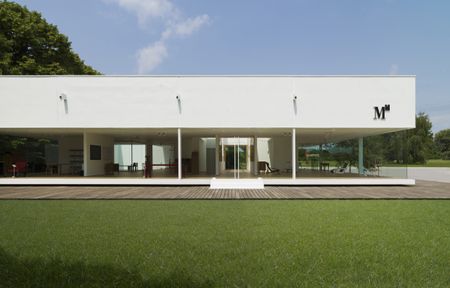 Molteni Museum opens in Ron Gilad’s glass cube
Molteni Museum opens in Ron Gilad’s glass cubeRon Gilad brings fresh perspective to the Molteni Museum’s Glass Cube in Giussano. Former Wallpaper* Milan editor and current Triennale Design Museum director Marco Sammicheli spoke to Ron Gilad and Giulia Molteni for our Summer 2020 issue to find out about the museum’s plans
By Marco Sammicheli Last updated
-
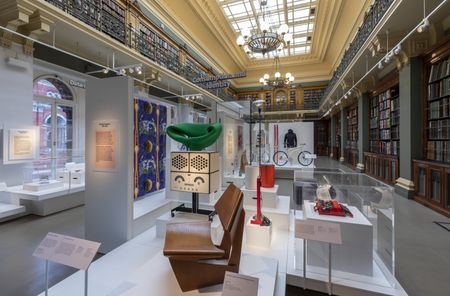 New V&A gallery explores contemporary history through design
New V&A gallery explores contemporary history through design‘Design: 1900 – Now’, a permanent gallery at the V&A in London, opens with a thematic display charting the 20th and 21st centuries’ most relevant social movements. We talk to curators Corinna Gardner and Johanna Agerman Ross to discover highlights from the collection
By Rosa Bertoli Last updated
-
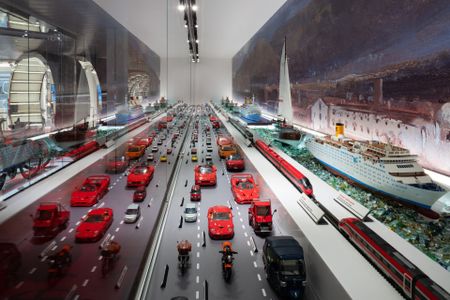 All aboard! Immersive design museum on a cruise ship celebrates Italian icons
All aboard! Immersive design museum on a cruise ship celebrates Italian iconsThe mobile museum is housed inside one of Italian company Costa Smeralda's cruiseship, featuring a selection of design icons and a futuristic set by Tihany Design
By Rosa Bertoli Last updated
-
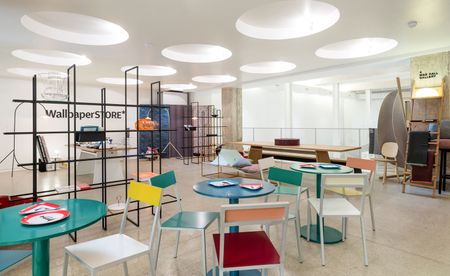 At MAD Museum in Brussels, Belgian design and a WallpaperSTORE* pop-up
At MAD Museum in Brussels, Belgian design and a WallpaperSTORE* pop-upBy Rosa Bertoli Last updated
-
 Pleasure island: the decadent interiors of Australia’s first lady of modernist design
Pleasure island: the decadent interiors of Australia’s first lady of modernist designBy Adam Štěch Last updated
-
 The worlds of science, design and rave culture collide in Peter Saville’s glassware
The worlds of science, design and rave culture collide in Peter Saville’s glasswareBy Kasia Maciejowska Last updated
-
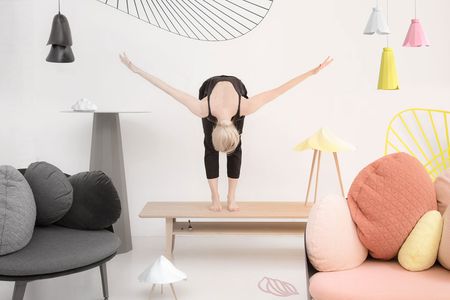 Constance Guisset stages a harmonious duet of apartments in monochrome and colour
Constance Guisset stages a harmonious duet of apartments in monochrome and colourBy Sam Rogers Last updated
-
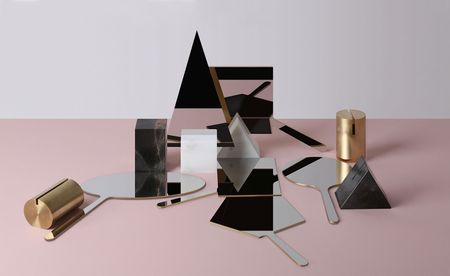 Vintage reflections: Richard Yasmine’s minimalist mirrors are infused with nostalgia
Vintage reflections: Richard Yasmine’s minimalist mirrors are infused with nostalgiaBy TF Chan Last updated